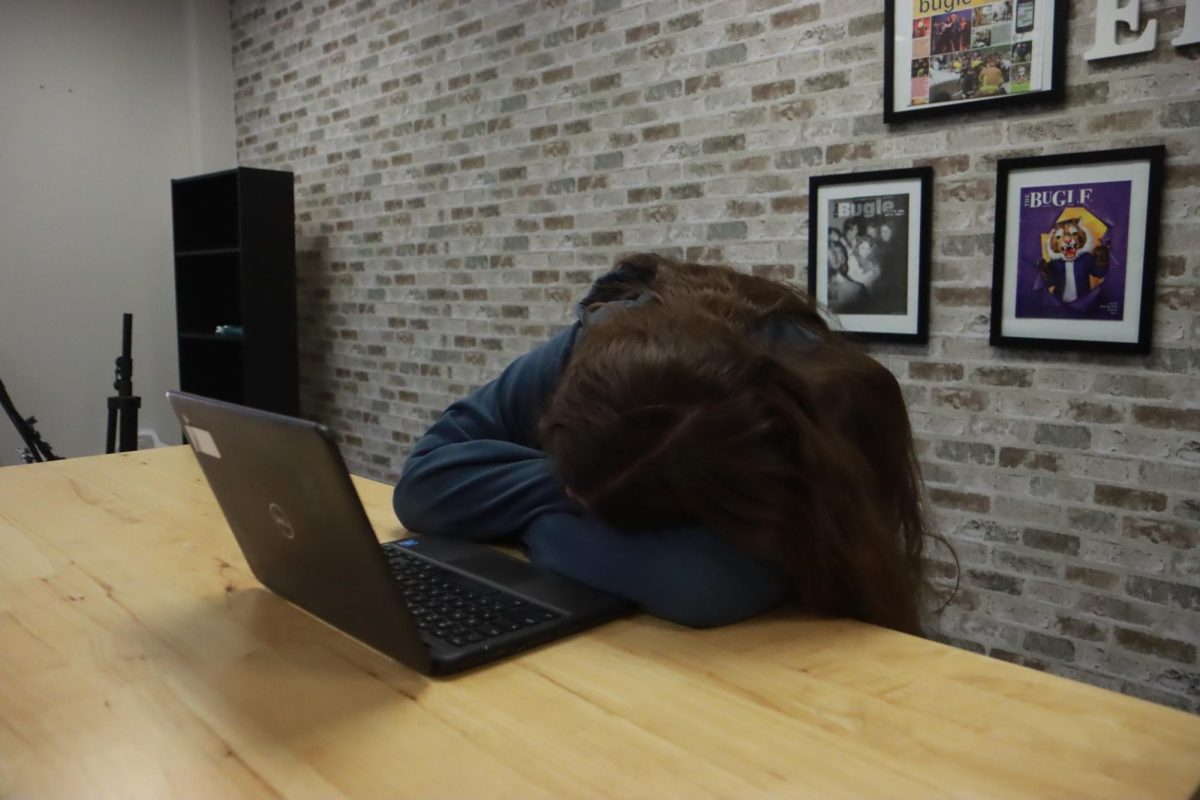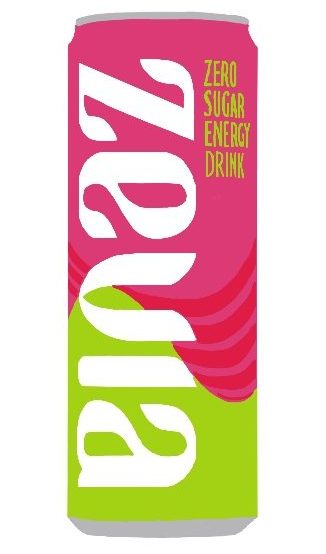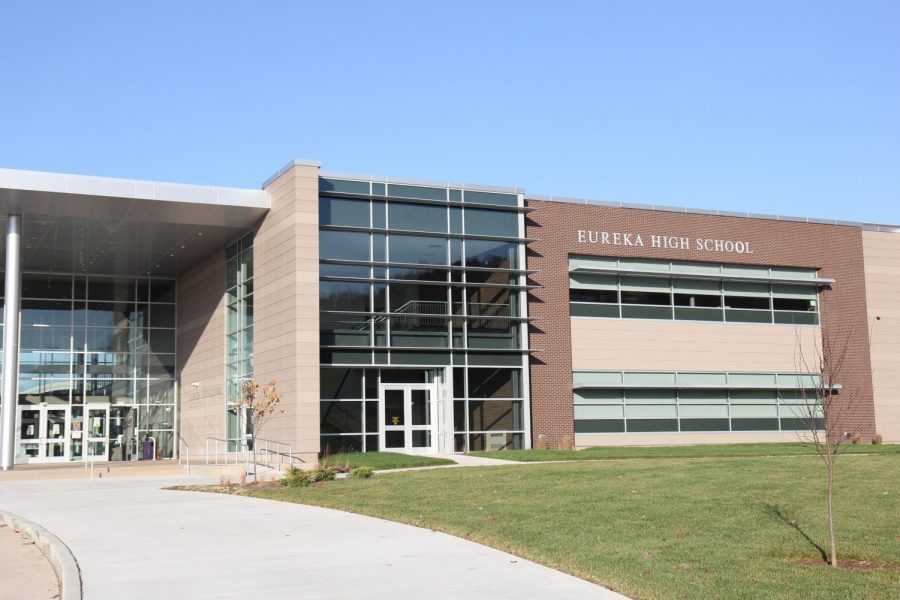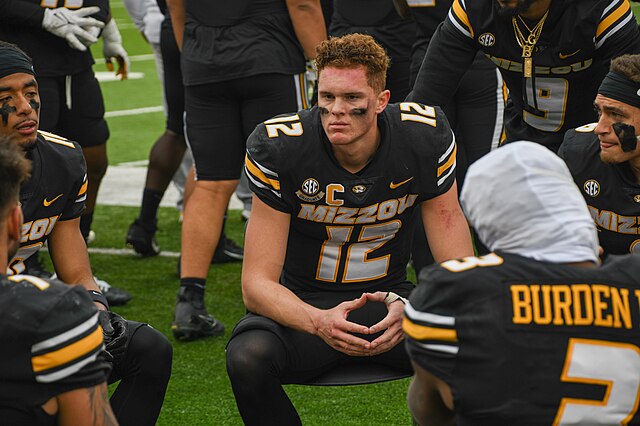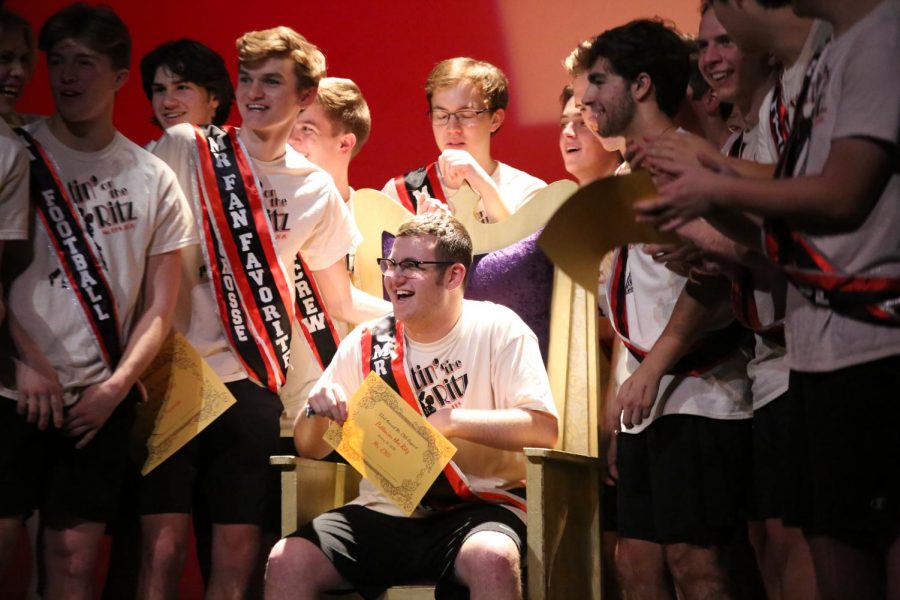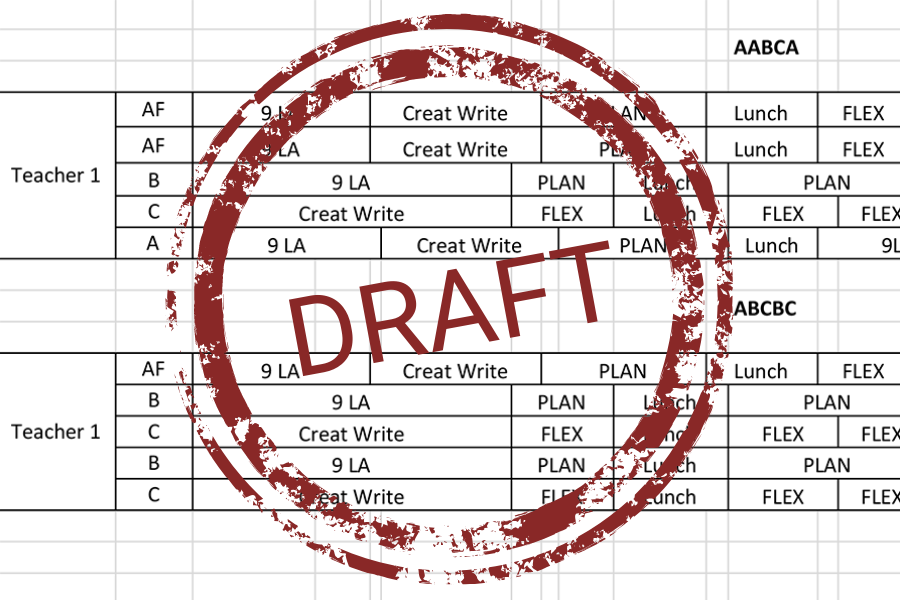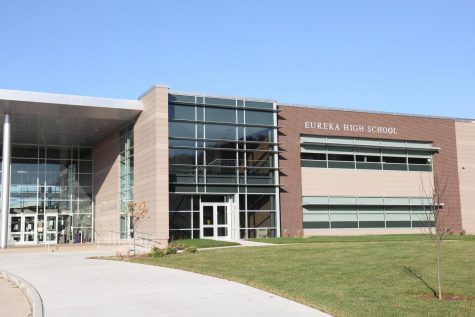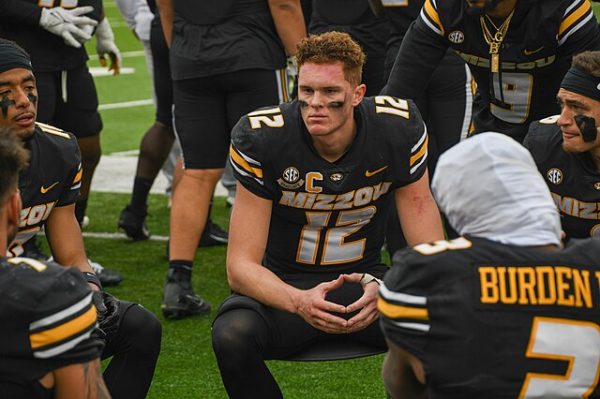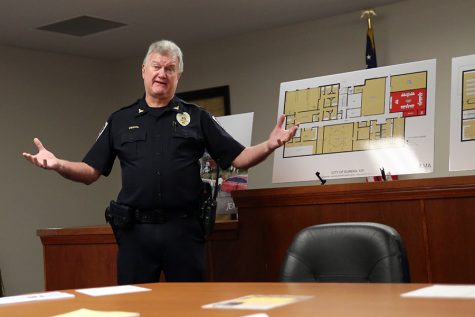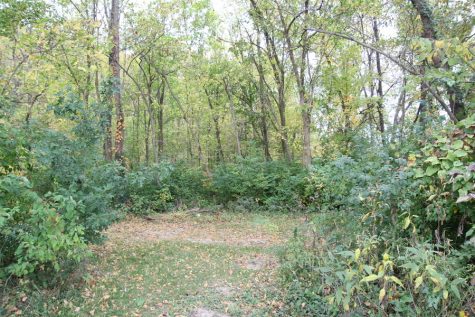Opinion | staff editorial | A rough draft
For the last two years a district-level committee has been reviewing the high school program. The High School Program Design Committee members made up of administrators, parents, teachers and students, evaluated the needs of a high school program–pretty much everything but the curricula.
The HSPD Committee concluded that a different schedule was necessary to meet the needs of high school students. The committee used four pillars to guide their work:
- Student-centered
- Ownership
- Authentic
- Connectedness
In their proposal of a new schedule, the HSPD Committee suggested blocking every class at some point during the week. The committee also saw flex time as a priority and a vehicle to the four pillars. The hour-long shift of free time would–among other things–allow students to eat lunch, seek help from teachers and meet with clubs.
Following the HPSD Committee’s conclusions as to what is vital for each possible schedule, the decision is now in the hands of the building. EHS has its own committee to spearhead the process.
RSD added four half days throughout the 2018-2019 school year (Sept.12, Oct. 10, Jan. 18, Feb. 15) to work through possibilities for next year’s schedule.
During the first early-release day, teachers began working through an agenda in hopes of deciding on a new schedule.
Several drafts of schedules have been presented to staff since the HSPD Committee began meeting. Most recently, the EHS Scheduling Committee presented EHS faculty with two options: AABCA or ABCBC.
No specific details about the days themselves have been set in stone and as of now everything is still a draft.
Teachers have until 3 p.m., Oct. 5, to vote on either AABCA or ABCBC.
Drafts of each schedule have their benefits for both the teachers and the students.
In its current form, AABCA offers flex time three times a week for a total of 241 minutes. The first two A days of the week could have flex time along with the C day. The A day flex time could be 60 minutes per day while the C day flex time could be 121 minutes. The third A day would not have flex time.
In its current form, ABCBC is similar to the current schedule and proposes flex time three times a week but for a total of 302 minutes. The A day flex time could be 60 minutes, and the C day flex time could be 121 minutes.
The two schedules also differ in class length.
The AABCA model provides three days per week without blocked classes. Students would be visiting their classes up to four times a week, one day more than the current and ABCBC schedules.
The AABCA schedule has three different schedules for students to navigate: the A day with flex time, blocked days and an A day without flex time.
Although students would only attend each class three times per week through the ABCBC proposition, Mondays would be the only time that classes would be 45 minutes. Subjects like science may benefit from an extended-class period to assist with time to conduct labs, but music classes carry the concern of whether students have enough stamina to perform for a full 90 minutes.
The AABCA and the ABCBC options are not the same options the district-level committee presented.
The first potential schedule that was brought up offered 55 minutes of flex time on A days, B days and C days. The decision was between ABCBC and ABCAA and would be decided per building.
The district-level proposed schedule forced seventh hour to always be standard even on a blocked day. After the early-release day, Sept. 12, the faculty determined that all classes being the same length on the same day was a priority for a new schedule.
We are surprised the first students are hearing about this schedule from the building is through teachers expressing their preference in schedule options.
We are disappointed that the faculty has not taken students’ opinions into account when proposing these schedule changes. While the educators are the experts, if one of the main pillars is being student-centered, then student input is lacking.
Mrs. Gilman’s Principal Advisory Committee met to discuss the schedule options, as did a handful of students who sat on the HSPD Committee.
The link for the list of HSPD Committee members is currently not working.
We know that this is a complicated issue. Student surveys may not provide the most accurate or direct data and committees only gain the perspective of a few students, but the students’ opinions are still valid and crucial to the decision-making process.
Students who may be quick to dismiss block scheduling may have never had a properly taught blocked class, so they may not be aware that it is in fact possible to make work.
EHS students are capable of thought and have valuable insight to offer. Either take the students’ opinions or drop the student-centered pillar.
The adults in the building are left with these options: seek student input, abandon the claim of being student-centered or continue to ignore student voice.
If we as a community continue in this direction, then we are only claiming to be student-centered. We know we can do better.
Your donation will support the student journalists of Eureka High School - MO. Your contribution will allow us to purchase equipment and cover our annual website hosting costs.
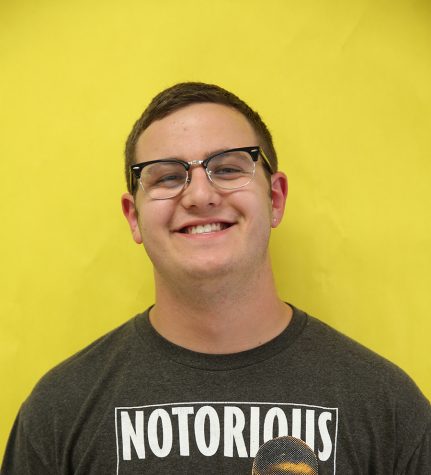
This is Ethan's seventh semester on the News Production staff. In his free time, he enjoys taking photos, going to concerts and hanging out with his friends....


